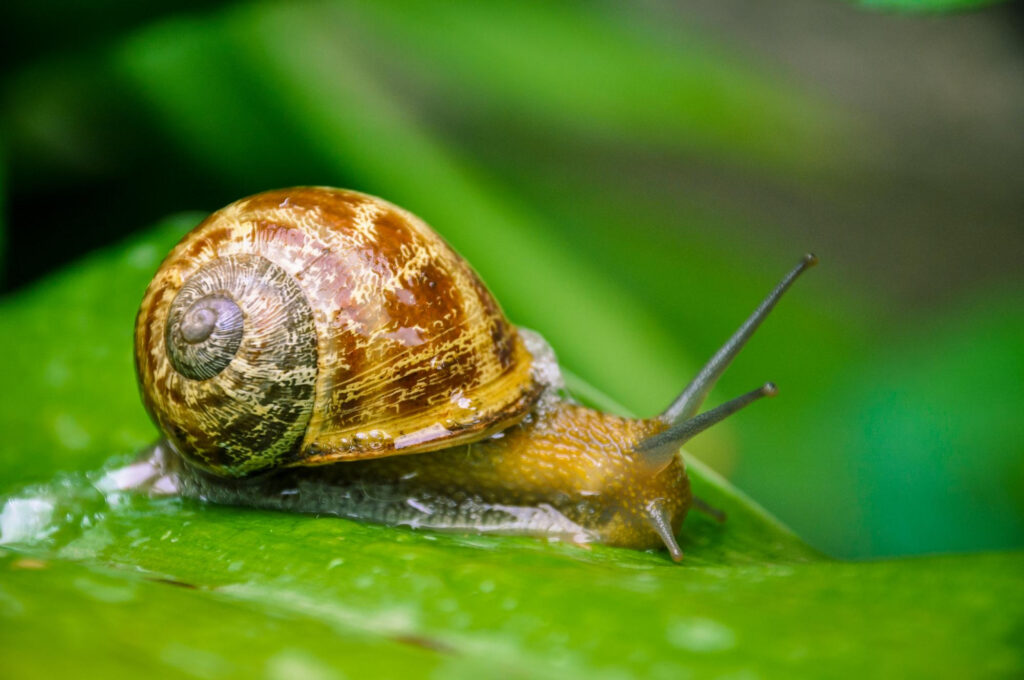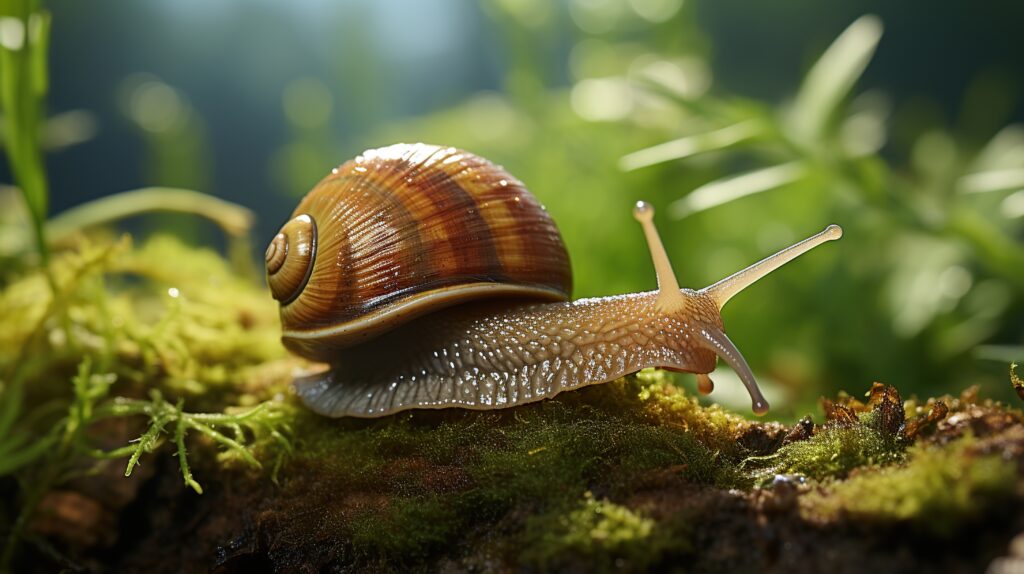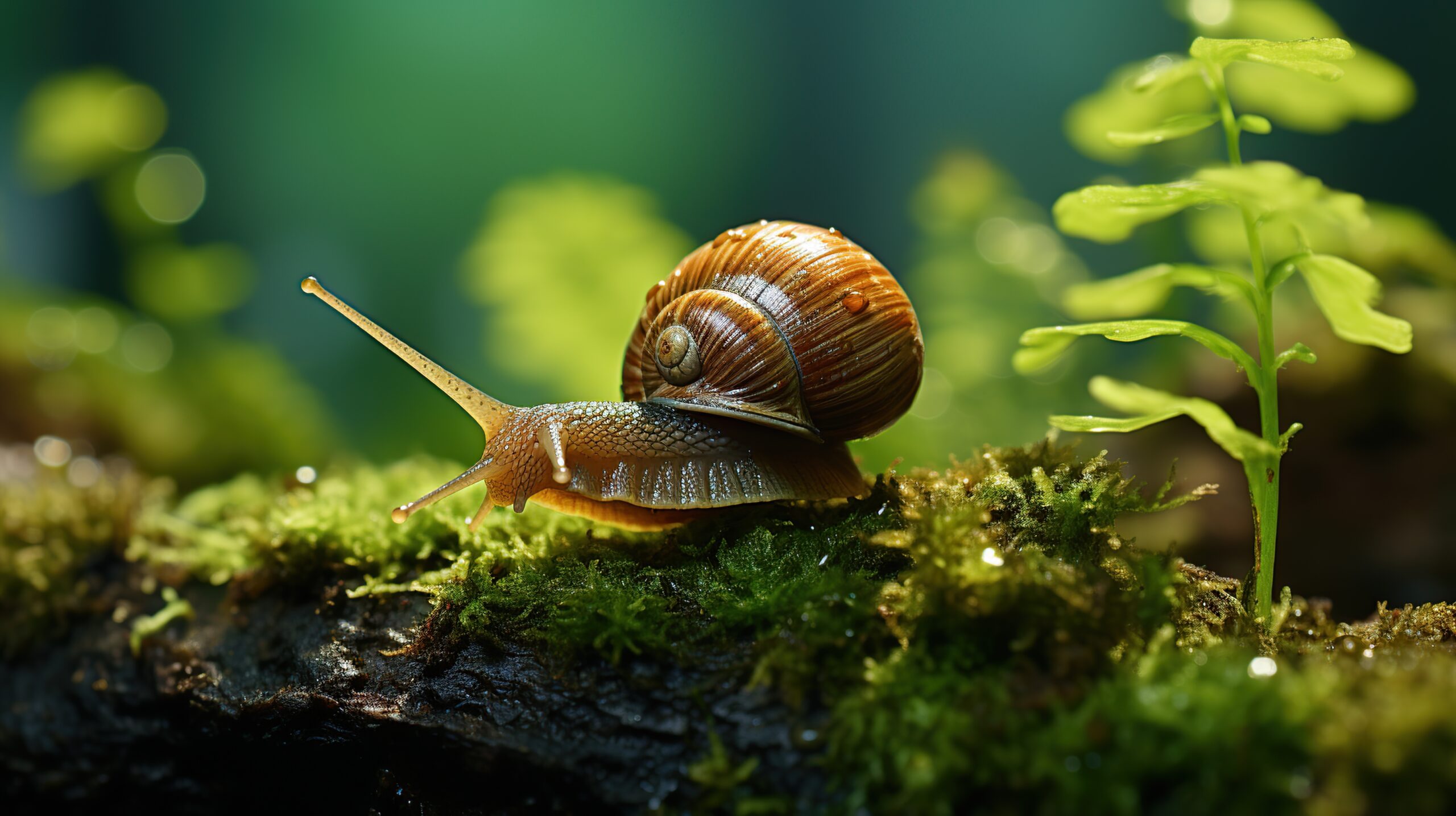William Cowper’s poem “The Snail” is a short but thoughtful piece that uses the everyday image of a snail to explore deeper ideas about safety, independence, and contentment. Through simple language and vivid imagery, Cowper shows how the snail protects itself from harm, lives alone without needing anything else, and is completely satisfied with its quiet, self-contained life. The poem encourages readers to reflect on the value of self-reliance and the peace that can come from within.

Line by Line Analysis
To grass, or leaf, or fruit, or wall,
The snail sticks close, nor fears to fall
The snail clings tightly to anything it moves on — grass, leaves, fruits, or walls. It isn’t afraid of falling because it grips so well.
As if he grew there, house and all,
Together.
It looks like the snail and its shell are part of the surface it’s on — almost as if it naturally grew there with its little house attached.
Within that house secure he hides,
When danger imminent betides
Whenever there’s danger nearby, the snail quickly hides inside its shell for safety.
Of storm, or other harm besides,
Of weather.
The threats it hides from include storms and other harmful weather conditions.
Give but his horns the slightest touch,
His self-collecting power is such,
If you gently touch the snail’s feelers (called “horns” here), it shows an amazing ability…
He shrinks into his house with much
Displeasure.
…to instantly pull back into its shell, clearly unhappy with being touched.
Where’er he dwells, he dwells alone,
Except himself has chattels none,
The snail lives all alone. It owns nothing but itself — no belongings, no company.
Well satisfied to be his own
Whole treasure.
And yet, the snail is perfectly content. It sees itself as its only treasure and that’s enough.

Summary:
The poem reflects on the life of a snail — quiet, careful, self-reliant, and content. Cowper presents the snail as a symbol of independence and cautious wisdom, finding safety and value in itself without needing anything else.
Through “The Snail,” William Cowper presents a gentle yet powerful message about self-protection, simplicity, and inner satisfaction. The snail becomes a symbol of calm independence, showing us that it’s okay to retreat, to live quietly, and to find value in oneself without needing much from the outside world. The poem reminds us that strength doesn’t always come from loud actions — sometimes, it lies in knowing when to stay still, when to protect yourself, and how to be content with what you have.

